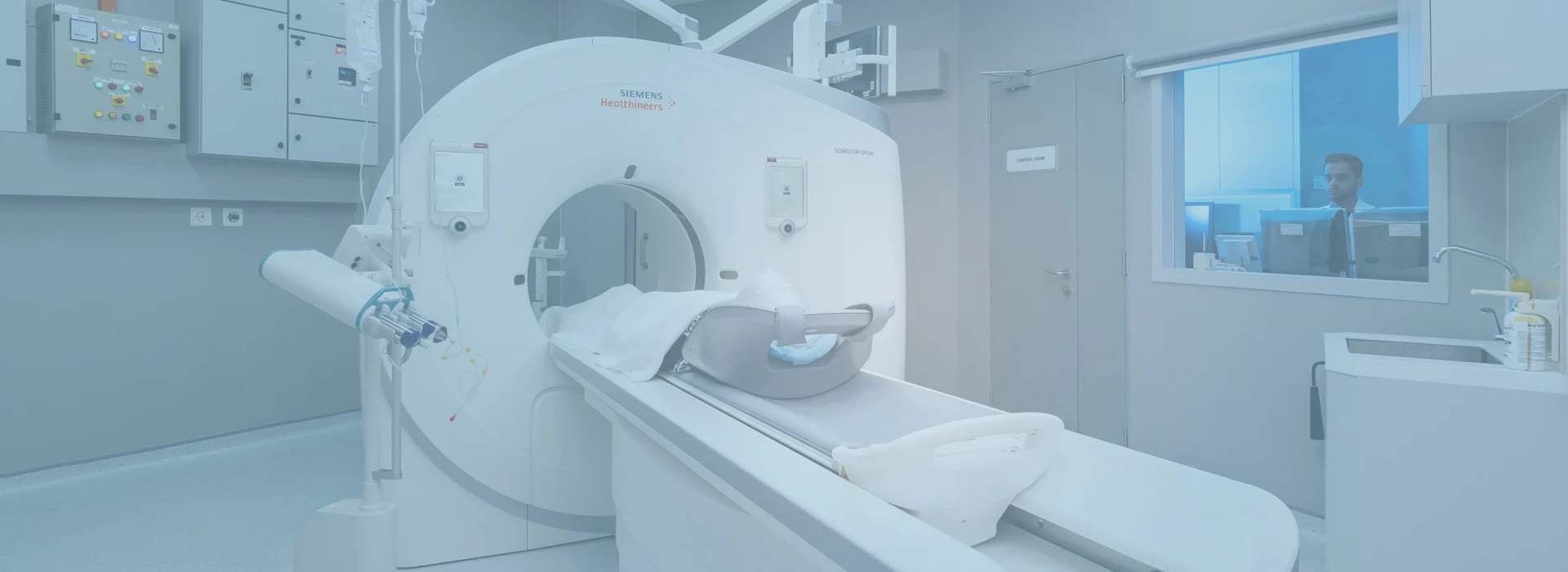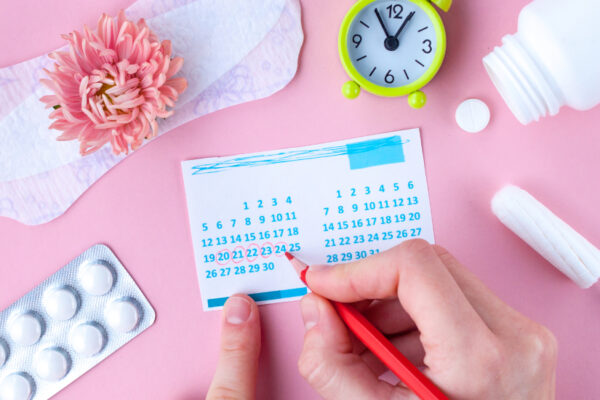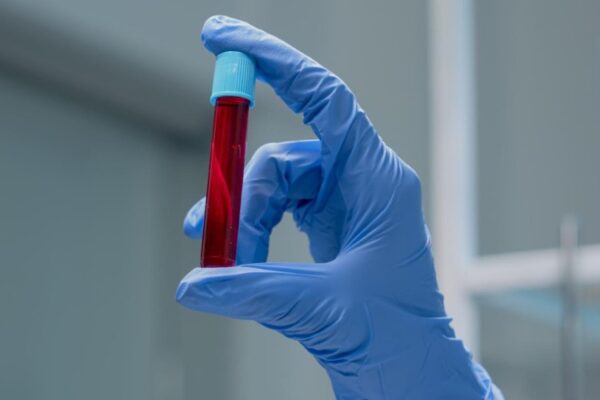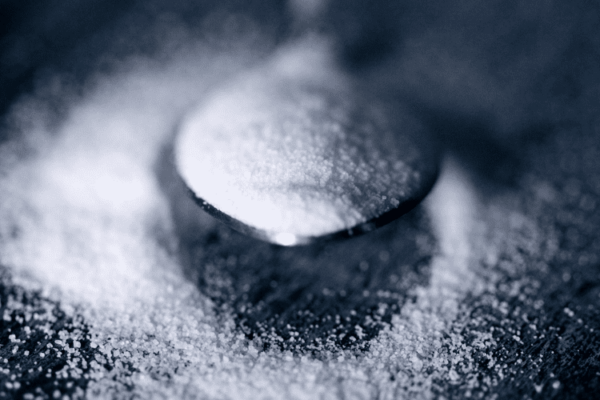
15 Oct How to Treat Gallstones in Malaysia: Surgery, Non-Surgical Options, and Diet
How to Treat Gallstones in Malaysia: Surgery, Non-Surgical Options, and Diet
By Island Hospital | October 15, 2025 10:34:09 AM
Have you ever felt a sharp, throbbing pain under your right ribs — the kind that lingers, sometimes spreads to your back or shoulder? Or perhaps after a rich or heavy meal, you’re left with bloating, nausea, or an unsettling feeling of indigestion that just won’t go away.
If these episodes keep returning, it may be more than just a “sensitive stomach.” These can be classic signs of gallstones — small, hardened deposits in the gallbladder that can disrupt digestion and interfere with the normal flow of bile, triggering painful attacks. Left untreated, gallstones can sometimes lead to infections or more serious complications.
Globally, gallstones affect an estimated 6% of the population, which is over 530 million people, with women being more likely to develop them than men. While the numbers may sound worrying, the good news is that gallstones are treatable. With the right medical care, most people are able to manage their symptoms effectively and return to normal daily life.
In this article, we’ll break down everything you need to know, from the causes of gallstones to surgical and non-surgical treatment options available in Malaysia, along with practical diet and lifestyle tips to help you manage symptoms, prevent recurrence, and support recovery.
What Are Gallstones?

Gallstones are solid, pebble-like particles that form in the gallbladder — a small, pear-shaped organ located on the right side of your abdomen, just beneath your liver. The gallbladder’s main role is to store and release bile, a digestive fluid made by the liver that helps break down fats after meals.
Gallstones develop when the substances in bile, such as cholesterol, bile salts, or waste products, become imbalanced. Over time, these substances harden and form deposits.
These stones can range in size from as small as a grain of sand to as large as a golf ball. Some people may only have a single gallstone, while others develop several at once.
For many, gallstones remain silent and cause no problems. However, when a stone blocks the normal flow of bile, it can trigger sudden, sharp pain known as a gallbladder attack or biliary colic.
- Silent gallstones cause no symptoms and are often discovered by chance during an ultrasound.
- Symptomatic gallstones block the normal flow of bile, leading to sudden pain and sometimes causing nausea, indigestion, or bloating.
While gallstones themselves are not life-threatening, complications can arise if they are left untreated, such as infection, inflammation of the gallbladder (cholecystitis), bile duct obstruction, or blockage of the bile duct leading to jaundice or even pancreatitis.
Hope to expand your knowledge on gallstones? This article on gallbladder stone removal has all the details you need!
Surgical vs. Non-Surgical Gallstone Treatments in Malaysia
Once gallstones start causing pain or complications, treatment is usually necessary. If you’ve been diagnosed with gallstones, it’s important to consider the treatment options available in Malaysia. The main decision most patients face is whether to remove the gallbladder through surgery or to explore non-surgical alternatives.
Surgery Options
Surgery remains the gold standard for treating gallstones, offering a permanent solution with consistently high success rates. While most patients are suitable candidates, surgery may not be recommended for those with severe medical conditions, in which case non-surgical alternatives might be explored.
1. Laparoscopic Cholecystectomy (Keyhole Surgery)
Laparoscopic cholecystectomy is the most common and widely recommended procedure for treating gallstones, with a very high success rate. Often referred to as “keyhole surgery,” it involves making a few small incisions in the abdomen through which a tiny camera and surgical instruments are inserted.
During the procedure, the surgeon removes the gallbladder entirely, which means gallstones cannot recur. Compared to traditional open surgery, this minimally invasive approach results in less pain after the operation, shorter hospital stays, smaller scars, and faster recovery.
Most patients are able to return to normal activities within one to two weeks.
2. Open Cholecystectomy
An open cholecystectomy is a more traditional surgical approach to removing the gallbladder. Instead of small incisions, the surgeon makes a larger cut in the abdomen to access the gallbladder directly.
This method is usually reserved for complicated cases where laparoscopic surgery is not suitable, such as when the gallbladder is severely inflamed, scarred, or if there are anatomical variations that make keyhole surgery unsafe.
Because the incision is larger, recovery takes longer compared to laparoscopic surgery, typically four to six weeks. Patients may also experience more post-operative pain and a longer hospital stay.
3. ERCP (Endoscopic Retrograde Cholangiopancreatography)
ERCP is a specialised, minimally invasive procedure used to treat gallstones that have moved out of the gallbladder and become lodged in the bile ducts. During ERCP, a flexible tube called an endoscope is passed through the mouth, down the oesophagus, and into the small intestine.
Using X-ray guidance and specialised instruments, the doctor can locate and remove stones from the bile duct or place a stent to restore bile flow.
Unlike gallbladder removal surgery, ERCP does not take out the gallbladder itself; instead, it focuses on clearing blockages in the bile ducts to relieve pain, jaundice, or infection.
ERCP is often performed as an emergency or supportive procedure, sometimes in combination with gallbladder surgery, particularly when stones are causing complications such as cholangitis or pancreatitis. Recovery is usually quick, with most patients discharged within one to three days if no complications arise.
Non-Surgical Options
Non-surgical treatments can help manage gallstones, especially for patients who are not good candidates for surgery. However, they are usually less effective than surgery, take longer to work, and in many cases provide only temporary relief rather than a permanent cure.
1. Oral Medications
Oral bile acid therapy, such as Ursodiol or Ursosan, works by dissolving cholesterol-based gallstones over time. This treatment is most effective for patients with small stones (usually less than 15 mm in diameter) and a functioning gallbladder.
The process is slow, often taking six months to two years, and stones may recur once medication is stopped. Because of these limitations, it is usually recommended only for patients who cannot undergo surgery.
2. Extracorporeal Shock Wave Lithotripsy (ESWL)
ESWL uses high-energy sound waves to break gallstones into smaller fragments, which can then pass through the bile ducts more easily. It is usually combined with oral medications to improve effectiveness.
However, this option is not widely available in Malaysia, and its use is generally limited to specific cases where surgery is not possible.
3. Endoscopic Gallbladder Stenting / Percutaneous Drainage
For patients who are elderly, medically fragile, or at high risk for surgery, stenting or percutaneous drainage can provide temporary relief. A tube or stent is placed to allow bile to flow freely and reduce pain or infection risk.
While effective in the short term, these procedures do not remove the gallstones and are not considered a permanent cure.
4. MTBE Injection (Experimental Therapy)
Methyl tert-butyl ether (MTBE) injection is an experimental method where a chemical solvent is introduced directly into the gallbladder to dissolve stones.
Although some studies suggest it may rapidly break down gallstones, the technique is rarely used due to safety concerns and the availability of more established treatments.
While surgery remains the most effective and permanent treatment for gallstones, non-surgical options may be considered in selected patients who cannot undergo surgery. Ultimately, the best approach depends on your overall health, the type of stones, and your doctor’s recommendation.
| Criteria | Surgical Options | Non-Surgical Options |
|---|---|---|
| Effectiveness | Permanent solution. Gallbladder and stones removed, preventing recurrence. Success rate is very high, making it the global gold standard. | Relief is possible but less predictable. Works mainly for small cholesterol stones; recurrence is common once treatment stops. |
| Recovery Time | Hospital stay is short (1–3 days for laparoscopic or ERCP), with full recovery in 1–6 weeks depending on the procedure. | Relief can take months to years. Some methods, like stenting or drainage, work quickly but only provide temporary control. |
| Suitability | Most patients with painful or complicated gallstones are candidates. Surgery is generally safe for healthy adults. | Best for patients who cannot undergo surgery due to age, medical conditions, or personal preference. Limited to select cases. |
| Risks and limitations | Requires anaesthesia and carries a small risk of complications, such as bleeding, infection, or bile duct injury. | Slower, less effective, and limited in scope. Not suitable for all types of stones, and symptoms often return. |
| Estimated Cost in Malaysia | RM10,000–40,000 depending on procedure and hospital. | Medications cost RM200–600/month, while other non-surgical procedures range from RM8,000–20,000. |
Home Remedies for Gallstones
While doctors typically recommend surgery or medication as the most effective treatments for gallstones, many people also turn to home remedies to ease discomfort and support digestion. From simple dietary adjustments to natural approaches like herbal teas, yoga, or castor oil packs, these methods are often seen as gentler ways to feel better.
Although they may not replace medical treatment, when used safely and under a doctor’s guidance, certain lifestyle and dietary changes can help ease symptoms, improve comfort, and support long-term digestive health.
1. Acupuncture
Acupuncture is a traditional Chinese therapy where thin needles are inserted into specific points on the body to restore balance and relieve discomfort. Some people use it as a complementary approach to ease gallstone-related pain, nausea, or indigestion.
While it doesn’t remove gallstones, it may help improve overall digestion and provide relaxation, making it a supportive option alongside medical care.
2. Apple Juice
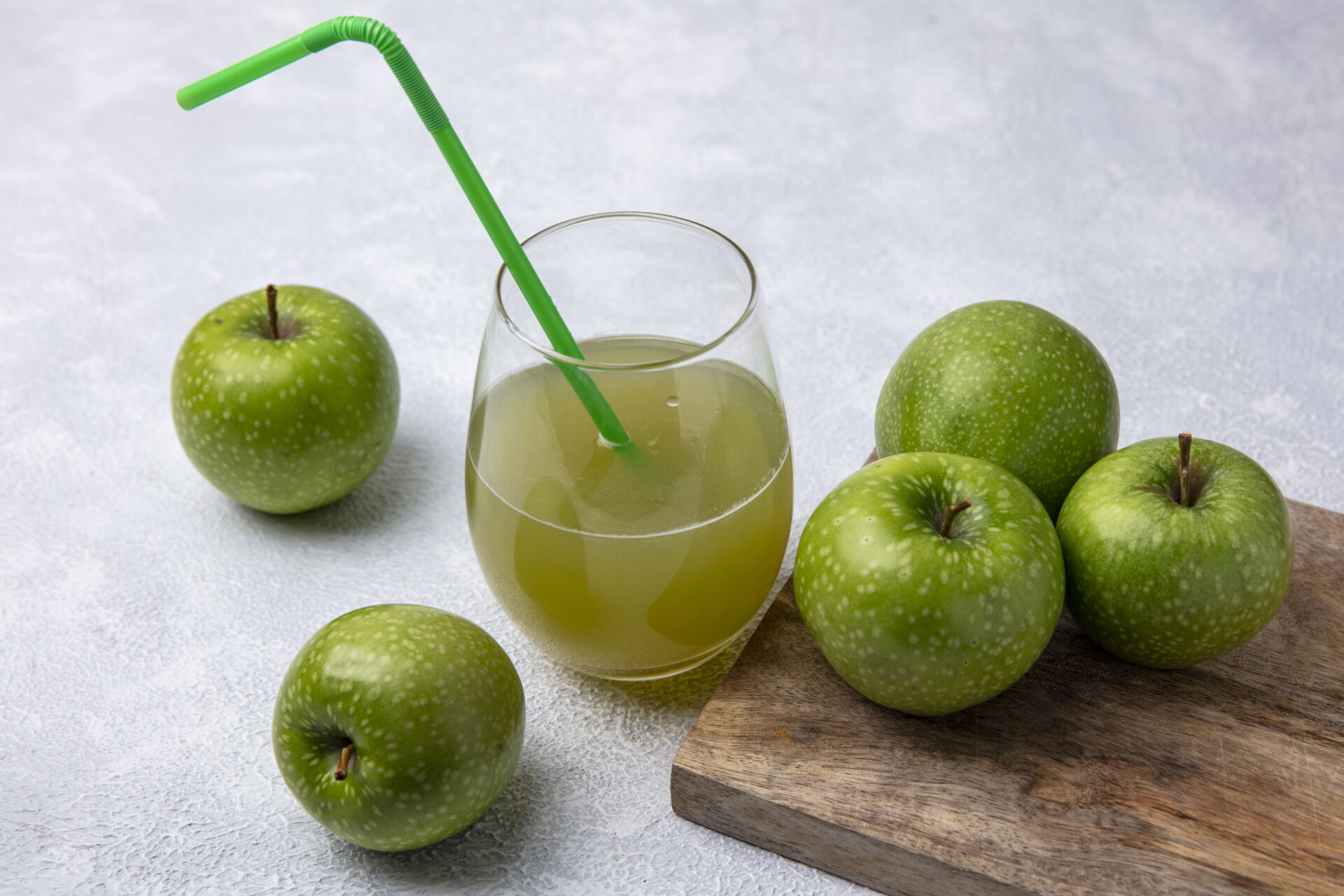
Apple juice is one of the most commonly mentioned home remedies for gallstones. Some people believe that drinking large amounts of apple juice can soften or even dissolve gallstones, making them easier to pass.
While there isn’t scientific proof that apple juice can remove gallstones, it may help with digestion and hydration. For some, sipping apple juice in moderation can also ease bloating or discomfort.
3. Gallbladder Cleanse
Gallbladder cleanses or flushes are popular remedies often shared online, usually involving drinking a mixture of olive oil, fruit juice, and herbs over several days. The idea is that this mixture can flush out gallstones naturally.
While many people report passing pebble-like material afterward, research suggests these are usually clumps of oil and digestive fluids rather than actual stones. Still, some individuals find that cleanses ease bloating or improve digestion.
4. Yoga

Yoga is often recommended as a natural way to improve digestion and reduce discomfort related to gallstones. Certain poses, especially those that gently stretch and massage the abdominal area, may help ease bloating, indigestion, or mild pain.
While yoga cannot remove gallstones, regular practice can promote better circulation, lower stress, and support overall digestive health. For many, it serves as a calming, complementary approach alongside medical care or lifestyle adjustments.
5. Apple Cider Vinegar
Apple cider vinegar is a popular home remedy believed to help with many digestive issues, including gallstones. Some people mix a spoonful of it with warm water or honey, hoping it will break down stones or ease pain.
While it doesn’t dissolve gallstones, apple cider vinegar may help improve digestion and reduce bloating for some individuals.
6. Milk thistle
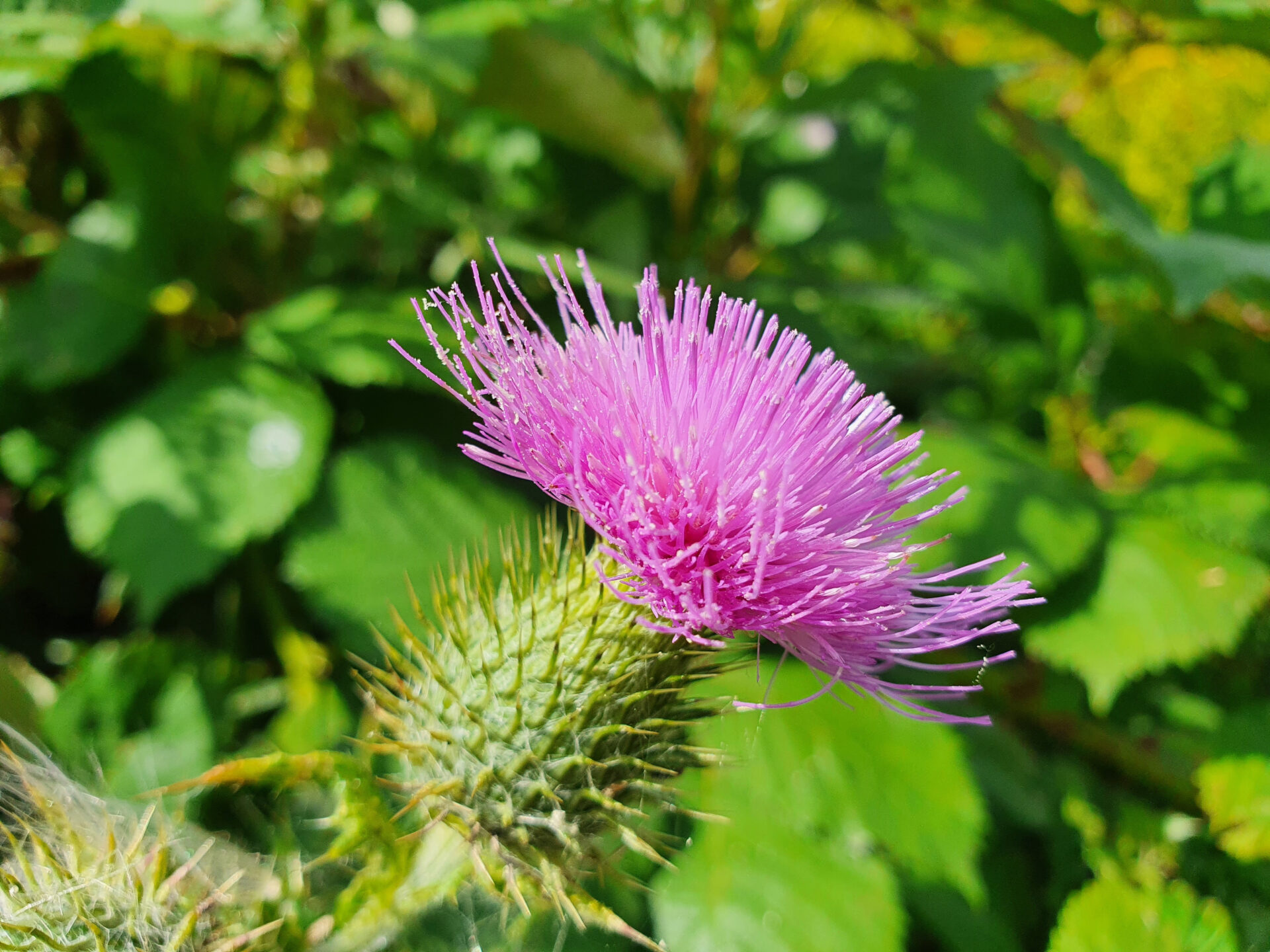
Milk thistle is a traditional herbal remedy often used to support liver and gallbladder health. It contains a compound called silymarin, which is thought to protect liver cells and improve bile flow. Some people take milk thistle supplements in the hope that it may ease gallstone symptoms or prevent new stones from forming.
While it doesn’t directly dissolve gallstones, it may play a supportive role in overall digestive wellbeing. As with any herbal supplement, it’s best to use milk thistle under a doctor’s guidance to ensure it’s safe and suitable for your individual health needs.
7. Artichoke
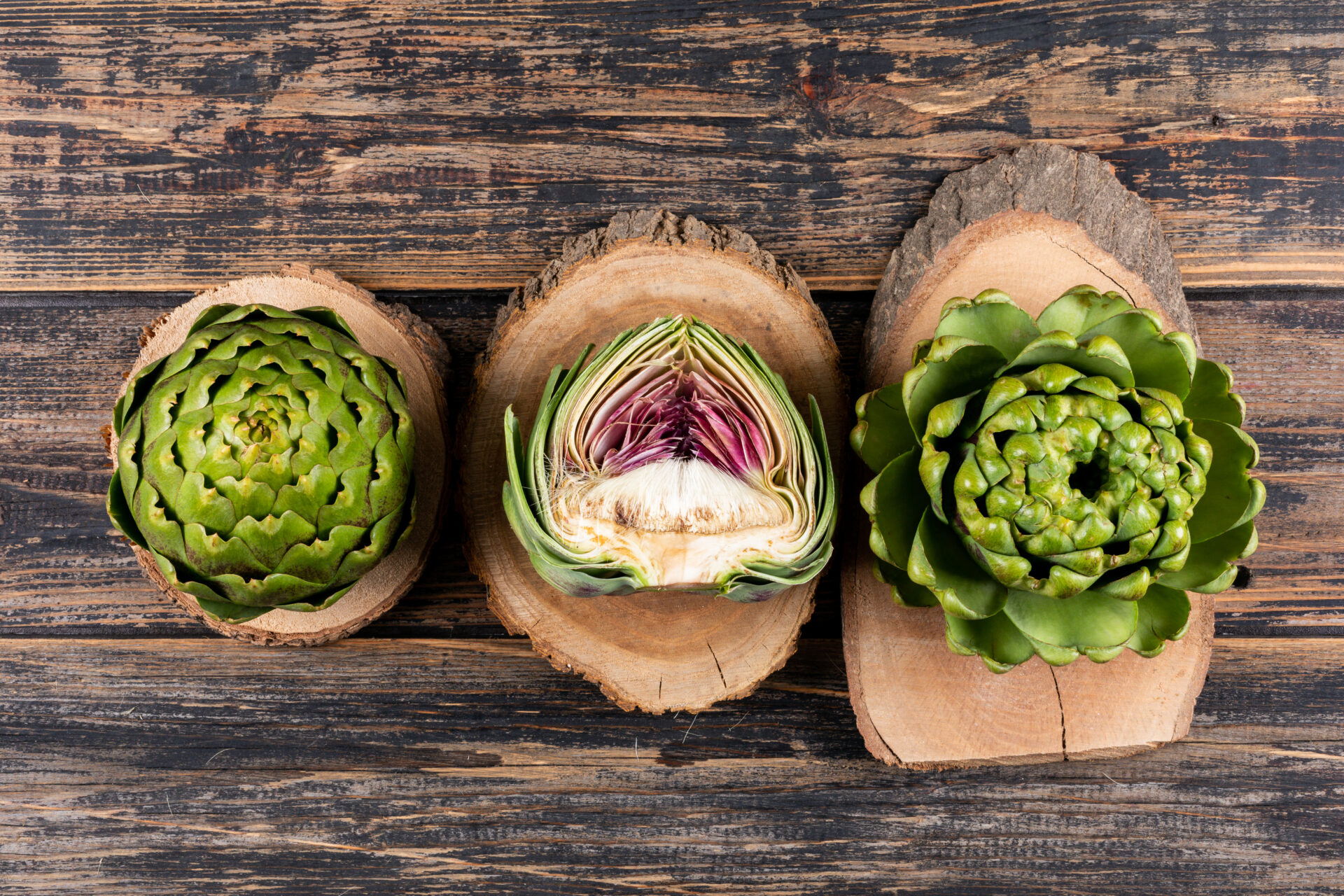
Artichoke has long been valued in traditional medicine for its benefits to digestion and liver health. Extracts from artichoke leaves are believed to stimulate bile production, which may help the body process fats more effectively and ease discomfort from indigestion.
Some people use artichoke supplements or teas as a gentle way to support gallbladder function. While artichoke won’t remove existing gallstones, it may improve overall bile flow and help reduce bloating or digestive upset when used as part of a balanced lifestyle.
8. Gold coin grass
Gold coin grass is a traditional Chinese herb often used to support liver and gallbladder health. It is believed to help soften gallstones and improve bile flow, making it easier for the body to digest fats. Some people take it in the form of tea or supplements as part of a natural approach to gallstone management.
While it doesn’t remove gallstones on its own, gold coin grass may help ease digestive discomfort and is sometimes used alongside other supportive remedies. As with any herbal treatment, it’s best to use it under medical guidance to ensure safety and effectiveness.
9. Castor Oil Pack
Castor oil packs are a traditional home remedy where a cloth soaked in warm castor oil is placed over the abdomen and covered with a heating pad. Many people believe this helps relieve gallstone pain by reducing inflammation and improving circulation in the area.
While it doesn’t dissolve gallstones, the gentle warmth may provide comfort and ease muscle tension, making it a soothing option for some. Castor oil packs are generally safe when used externally, but they should always be applied with care to avoid skin irritation.
10. Turmeric

Turmeric, a bright yellow spice often used in cooking and traditional medicine, is valued for its anti-inflammatory properties. It contains curcumin, a compound thought to support liver function and promote healthy bile flow.
Some people use turmeric tea or supplements as a gentle way to aid digestion and ease discomfort linked to gallstones. While it won’t dissolve existing stones, incorporating turmeric into the diet may help reduce inflammation and support overall digestive wellbeing.
Curious what might be behind your abdominal pain? This article unpacks everything, from everyday culprits to serious causes you shouldn’t ignore.
Which Gallstone Treatment is Right for You?
The right treatment for gallstones isn’t the same for everyone. It depends on how severe your symptoms are, your age, lifestyle, and overall health. Below is a simple guide to help you understand where you might fit and what options are usually recommended:
1. If you have no or very mild symptoms
Gallstones are sometimes discovered by chance during an ultrasound for other issues. In many of these cases, no immediate treatment is required.
Instead, doctors may suggest a “watch-and-wait” approach, keeping an eye on your condition through regular check-ups while focusing on lifestyle changes such as eating a high-fibre, low-fat diet and maintaining a healthy weight. This helps reduce the chances of gallstones becoming problematic later.
2. If your pain is frequent, severe, or affecting your daily life
Recurrent gallbladder attacks, usually signal that the stones are interfering with digestion. In these cases, surgery is the most reliable solution.
Laparoscopic cholecystectomy (keyhole surgery) is the preferred method because it is minimally invasive, has a high success rate, and prevents gallstones from coming back. Most patients return to normal activities within one to two weeks.
3. If you are pregnant
Hormonal changes during pregnancy can increase the risk of gallstone formation. However, surgery is usually avoided unless absolutely necessary because of risks to both mother and baby.
Most pregnant women with gallstones are advised to manage symptoms through careful diet, hydration, and medical monitoring until after delivery. Emergency surgery may be performed if complications like infection or bile duct obstruction arise, but otherwise, conservative management is safest during pregnancy.
4. If you’ve tried non-surgical methods but symptoms keep returning
Medications such as ursodiol or procedures like shock wave therapy may provide temporary relief, but gallstones often recur once treatment stops.
If you’ve already attempted these approaches and still suffer from attacks, surgery is usually recommended for long-term relief and to prevent serious complications such as cholecystitis or pancreatitis.
5. If you are older or have serious health conditions (high surgical risk)
For elderly patients or those with chronic illnesses such as heart disease, diabetes, or respiratory conditions, surgery may carry greater risks. In these cases, doctors often recommend less invasive treatments such as oral dissolution therapy, endoscopic stenting, or symptom management.
While these options may not completely remove the stones, they can help control pain and reduce the risk of complications in patients for whom surgery is unsafe.
These pathways can help you see which scenario might apply to you. Still, gallstone management is not one-size-fits-all. The safest step is always to consult a gastroenterologist, who can evaluate your specific condition and recommend the most suitable treatment plan.
Ready to have the talk with a specialist to confirm your condition? Contact us now to book a free one-to-one consultation at Island Hospital.
| Situation | Recommendation |
|---|---|
| Mild or no symptoms | Watch-and-wait, lifestyle adjustments |
| Frequent or severe pain | Surgery |
| Pregnancy | Conservative management until delivery |
| Recurrence after non-surgical options | Surgery for long-term relief |
| Older or high-risk patients | Non-surgical approaches |
Gallstone-Friendly Diet: What to Eat and Avoid
When it comes to gallstones, what you eat can make a big difference. While diet alone won’t remove gallstones, the right food choices can ease symptoms, lower the risk of painful attacks, and support a smoother recovery after treatment.
Whether you’re managing gallstones before surgery or adjusting your meals afterward, following the right plan can help you feel more comfortable and improve your overall digestive health.
Pre-Treatment Diet Tips
If you are living with gallstones but haven’t yet had treatment, your main goal is to reduce the workload on your gallbladder. By choosing the right foods, you can lessen pain, prevent flare-ups, and keep your digestive system running smoothly.
1. Eat More High-Fibre Foods
Fibre helps regulate cholesterol levels and improves digestion, both of which can reduce the risk of gallstone flare-ups. A fibre-rich diet also keeps bowel movements regular, lowering pressure in the digestive tract. Examples of high-fibre foods include:
- Whole grains: brown rice, oatmeal, whole wheat bread, barley
- Legumes: beans, lentils, chickpeas, peas
- Fruits: apples, pears, berries, oranges
- Vegetables: broccoli, carrots, spinach, kale, Brussels sprouts
2. Choose Low-Fat Options
Eating large amounts of fat triggers the gallbladder to release bile, which can cause painful attacks. Reducing fat intake gives your gallbladder a rest while still ensuring your body gets enough nutrition. Examples of low-fat foods include:
- Proteins: skinless chicken, turkey, white fish, tofu, beans
- Dairy: low-fat yogurt, skim milk, cottage cheese
- Cooking methods: steaming, boiling, baking, or grilling instead of frying
3. Foods to Avoid Before Treatment
Certain foods are more likely to trigger symptoms or bring on a gallbladder attack. These should be limited or avoided:
- Fatty cuts of meat, bacon, sausages, or processed meats
- Fried foods like chips, fried chicken, or fast food
- Full-fat dairy products such as cheese, cream, butter, and ice cream
- Pastries, pies, and baked goods high in fat
- Large, heavy meals that are difficult to digest
Post-Treatment Diet Tips
After gallbladder surgery, your body adjusts to digesting fats without bile being stored in the gallbladder. This transition can cause diarrhea, bloating, or stomach cramps for some people. A phased diet plan helps your digestive system recover smoothly.
1. Immediate Phase (First Few Days After Surgery)
Right after surgery, the digestive system is very sensitive. Stick to light, bland, and low-fat foods to avoid irritation.
- Best options: clear broths, plain rice, applesauce, toast, mashed potatoes, bananas, oatmeal, non-citrus fruit juices
- Avoid: fried, fatty, or spicy foods, as well as caffeine, alcohol, and carbonated drinks, which can cause gas and discomfort
2. Transition Phase (Weeks 1–2)
As your body adjusts, you can slowly reintroduce more foods, but keep them soft, simple, and easy to digest.
- Best options: soft-cooked vegetables (zucchini, carrots, spinach), lean chicken or fish, scrambled egg whites, low-fat yogurt, cottage cheese, rice, pasta, oatmeal
- Avoid: fatty meats, heavy sauces, cheese, butter, gas-producing vegetables (beans, cabbage, cauliflower, onions)
3. Long-Term Diet (After 2–3 Weeks)
Most people can return to a normal diet after a few weeks, but it’s best to continue a balanced, low-to-moderate fat diet. Since bile now flows continuously into the intestines, large amounts of fat can still cause diarrhea or indigestion.
- Best options:
-
- Proteins: lean meats, poultry, fish, tofu, beans
-
- Carbs: whole grains like oats, quinoa, and brown rice
-
- Fruits and vegetables: wide variety for fibre and nutrients
-
- Healthy fats in small amounts: olive oil, avocado, nuts, seeds
- Avoid (long term): frequent fried foods, high-fat processed snacks, and overly spicy meals that can irritate digestion.
Stick to smaller, more frequent meals, stay well-hydrated, and include soluble fibre (such as oats, apples, or bananas) to help control diarrhea if it occurs.
Don’t Let Gallstones Take Away the Joys of Life!
Living with gallstones doesn’t have to mean living with constant pain or uncertainty. Whether you’re considering surgery, exploring non-surgical treatments, or simply looking for guidance on managing your diet, our team of experienced gastroenterologists at Island Hospital are here to help.
With access to advanced diagnostic technology and personalized treatment plans, we’re committed to helping you feel your best again.
Let us guide you through your journey to recovery — Schedule an appointment today!
FAQs
1. How Much Does Gallbladder Treatment Cost in Malaysia?
The cost of treating gallstones varies widely depending on several factors — which treatment method you choose, how complex your case is, the hospital’s reputation, location, and whether there are complications. On average, here’s what you can expect:
| Treatment Type | Typical Cost Range |
|---|---|
| Laparoscopic Cholecystectomy (keyhole surgery) | RM10,000 – RM20,000 |
| Open Cholecystectomy (Traditional Surgery) | RM8,000 – RM15,000 |
| Advanced/Complex Cases in Private Hospitals | RM20,000 – RM40,000+ |
2. Will removing my gallbladder affect my digestion permanently?
For most people, digestion returns to normal after gallbladder removal. The gallbladder’s main role is to store bile, which helps digest fats. When it’s removed, your liver still makes bile, but it flows directly into the small intestine instead of being stored.
In the first few weeks after surgery, some people may notice loose stools, bloating, or an urgent need to go to the bathroom after eating fatty meals. This usually improves as the body adjusts.
Long-term, most patients can enjoy a normal diet without restrictions, though it’s often recommended to keep meals balanced, avoid very greasy foods, and eat smaller, more frequent portions to support smooth digestion.
3. Can I still live a normal life without a gallbladder?
Yes. Most people live completely normal, healthy lives without a gallbladder. Once removed, your liver continues to produce bile for digestion, and your body adapts to the new way bile flows directly into the intestine.
You may need to avoid very fatty or greasy foods in the early weeks, but long-term, there are usually no major dietary restrictions. Many patients return to their usual activities, exercise routines, and travel within a short time after recovery.
4. What happens if gallstones are left untreated?
Gallstones that don’t cause symptoms can sometimes be left alone safely. However, if stones block the flow of bile, they can lead to painful attacks or complications such as gallbladder inflammation (cholecystitis), jaundice, infection, or even pancreatitis.
These conditions can be serious and may require urgent medical attention. That’s why it’s important to speak with a doctor if you have persistent pain, fever, yellowing of the skin or eyes, or very dark urine.
5. Can I try home remedies first before considering surgery?
Some people explore home remedies such as apple juice, herbal teas, yoga, or dietary changes to manage gallstone discomfort. While these approaches may help ease symptoms for some, they cannot dissolve or remove gallstones once they have formed.
If your gallstones are small and not causing serious problems, your doctor may recommend dietary adjustments and a “watch-and-wait” approach.
However, if you’re experiencing frequent pain, fever, jaundice, or other complications, medical treatment is the safest and most effective option. It’s always best to discuss any home remedies with a healthcare professional before trying them, to make sure they won’t interfere with your condition or delay necessary treatment.



